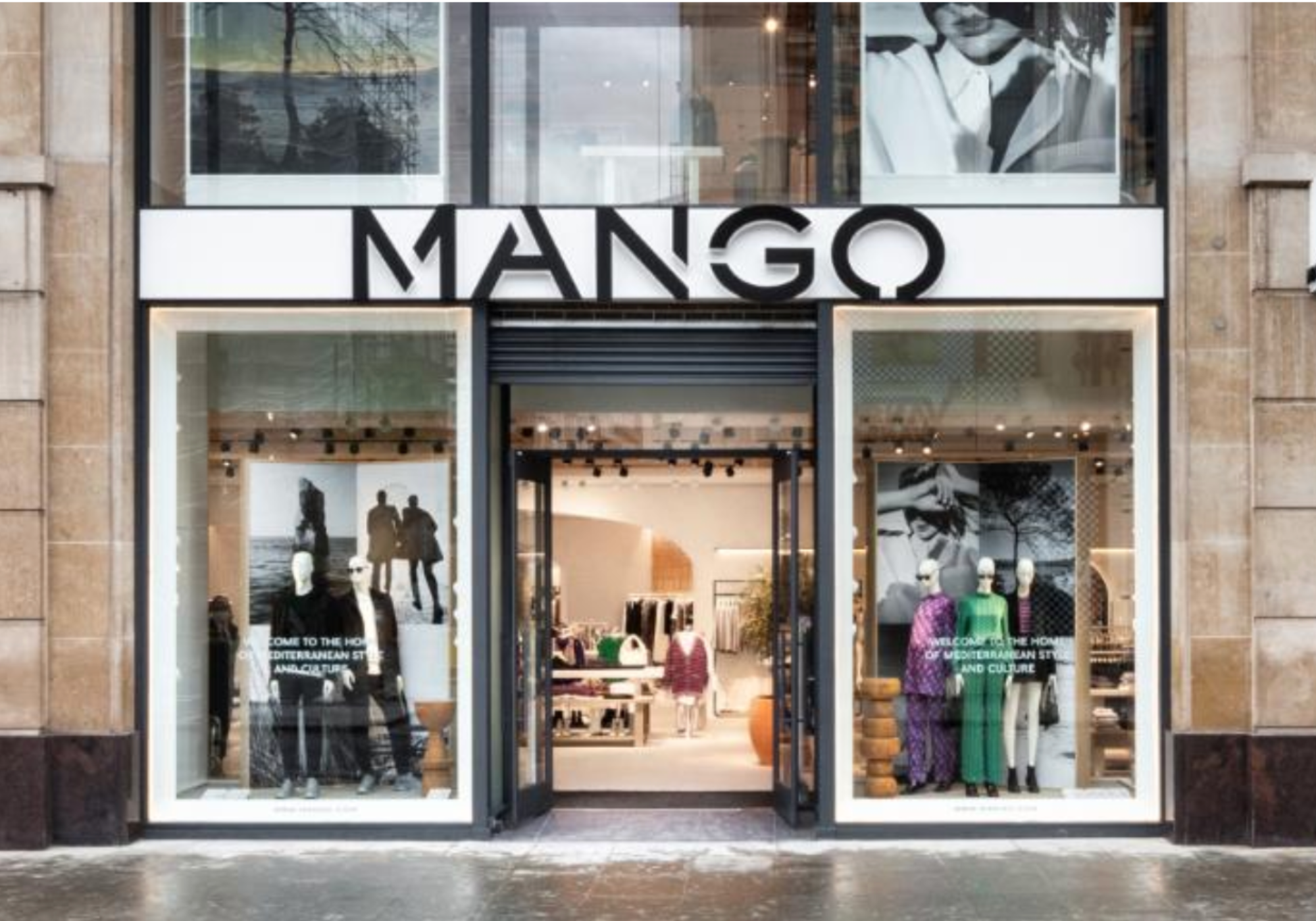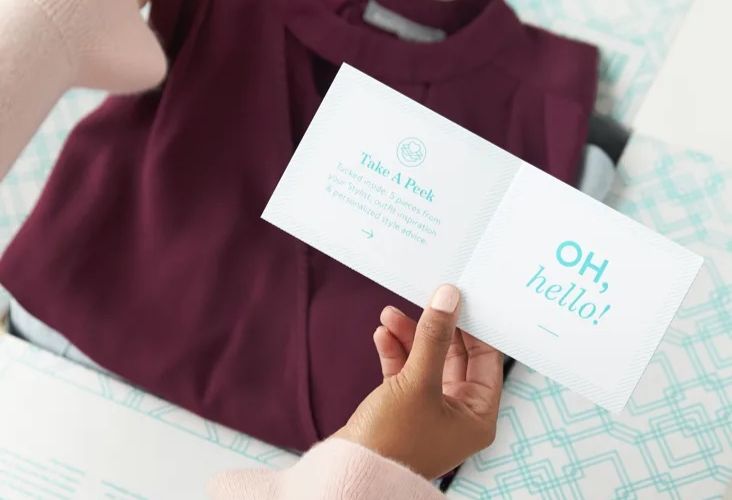Ecommerce claimed its largest share of the retail market since British Retail Consortium (BRC) records began during November, with one in every five pounds spent over the internet during the peak online Christmas shopping season. The shift came as shoppers turned their backs on the high street on Black Friday, new figures from both the BRC and the IMRG suggest.
Overall, online sales represented 22.4% of total non-food sales last month, up from 20.3% in November 2014, according to the BRC-KPMG Online Retail Sales Monitor, out today.
Within that, the BRC found, 40.8% of household appliance sales took place online – the highest penetration rate yet seen for this category, as did 8% of health and beauty sales. Overall, online sales contributed 2.7 percentage points to the year-on-year growth of non-food sales.
Meanwhile, on the high street, the BRC-KPMG Retail Sales Monitor suggested, retail sales grew by 0.7% in total, but fell by 0.4% on a like-for-like basis, which strips out the effect of store openings and closures.
“Online was an attractive place for shoppers this November with the highest penetration rate on record at 22% edging closer to people spending £1 in every £4 online across non-food categories,” said Helen Dickinson, chief executive of the BRC . “Retailers worked hard to offer attractive targeted Black Friday promotions, which were often extended across several days, as well as enhancing the customer experience by improving website performance, offering user-friendly apps and improving order delivery services.
“Customers had access to an array of offers, with many retailers personalising their website offerings such as granting loyal customers early access to sales.”
David McCorquodale, head of retail at KPMG , said: “As some retailers sought to play down the stampede of Black Friday and put fighting in the aisles behind them, the consumer too shied away from the high street to click into Christmas from the phone or tablet. This year’s was certainly an online Black Friday, which drove penetration levels to an all-time high of 22.4%.”
He said that while systems had stood up to peak demand, retailers would not know until next month if the cost of meeting delivery deadlines and returns had been “a profitable venture or a giveaway gesture.”
While Black Friday (November 27) and the following Cyber Monday (November 30) represent the peak of the online shopping season ahead of the festivities, retailers such as Amazon and Argos started to discount at the beginning of that week.
A study by IMRG and Toluna suggested that multichannel shoppers who would normally consider shopping both online and offline had decided at the last minute not to visit the high street. In three surveys, over November 26, November 27 and November 28, researchers found that ahead of the event, 7% of people planned to shop in-store only on Black Friday, and 21% online only. Some 17% said they planned to do both. However, 11.5% said they had actually taken that in-store and online approach when surveyed on Saturday.
Andy Mulcahy, editor at IMRG , said: “Black Friday seems to be an event with a strong capacity for surprises – last year it was the scale of interest, this year it featured deserted shops despite many opening early in anticipation of a large turnout. This survey suggests it was primarily the people who would usually shop online as well as in-store that opted to avoid the early morning crowds, potentially influenced by the images of scuffles in stores from last year that were widely broadcast the night before Black Friday. Having empty shops on a key shopping day is clearly not in retailers’ interests, so next year campaigns may have a greater multichannel focus to redress the balance of traffic between online and high street.”
Paul Twite, managing director at Toluna UK, said: “Shoppers that thought they were going use both instore and online channels around Black Friday clearly decided to ‘avoid the crush’ in such numbers that stores were left empty. The good news for retailers is that planned spend is higher for Christmas 2015.”
Commenting on the BRC figures, John Pincott, European managing director of Shopatron, said: “Thanks to services such as click-and-collect, consumers previously constrained by postal deadlines, are less reliant on days like Black Friday and more comfortable with the idea of snapping up deals later online, while resting assured they can simply collect their goods at a time that is convenient to them.
“With Christmas Day also falling on a Friday this year, many people will be working right up until the start of the festive period. The convenience of collecting presents in-store could therefore drive further peaks in omnichannel sales all the way through to the final days before the 25th. In order to capture critical sales and satisfy customer expectations throughout December and long after the festive season, brands must integrate their online and offline strategies. This is particularly critical for mid-size and smaller retailers looking to compete with larger stores and the online giants like Amazon.”






